Dr. Hyuk-June Moon from the Bionics Research Center at the Korea Institute of Science and Technology (KIST), in collaboration with Prof. Olaf Blanke’s team at the Swiss Federal Institute of Technology Lausanne (EPFL), has successfully induced self-location illusions with multi-sensory virtual reality (VR) in the MRI scanner and observed corresponding changes in the human brain’s grid cell activity.
Tag: Cells
Nature’s 3D printer: bristle worms form bristles piece by piece
A new interdisciplinary study led by molecular biologist Florian Raible from the Max Perutz Labs at the University of Vienna provides exciting insights into the bristles of the marine annelid worm Platynereis dumerilii. Specialized cells, so-called chaetoblasts, control the formation of the bristles. Their mode of operation is astonishingly similar to that of a technical 3D printer. The project is a collaboration with researchers from the University of Helsinki, Vienna University of Technology and Masaryk University in Brno.
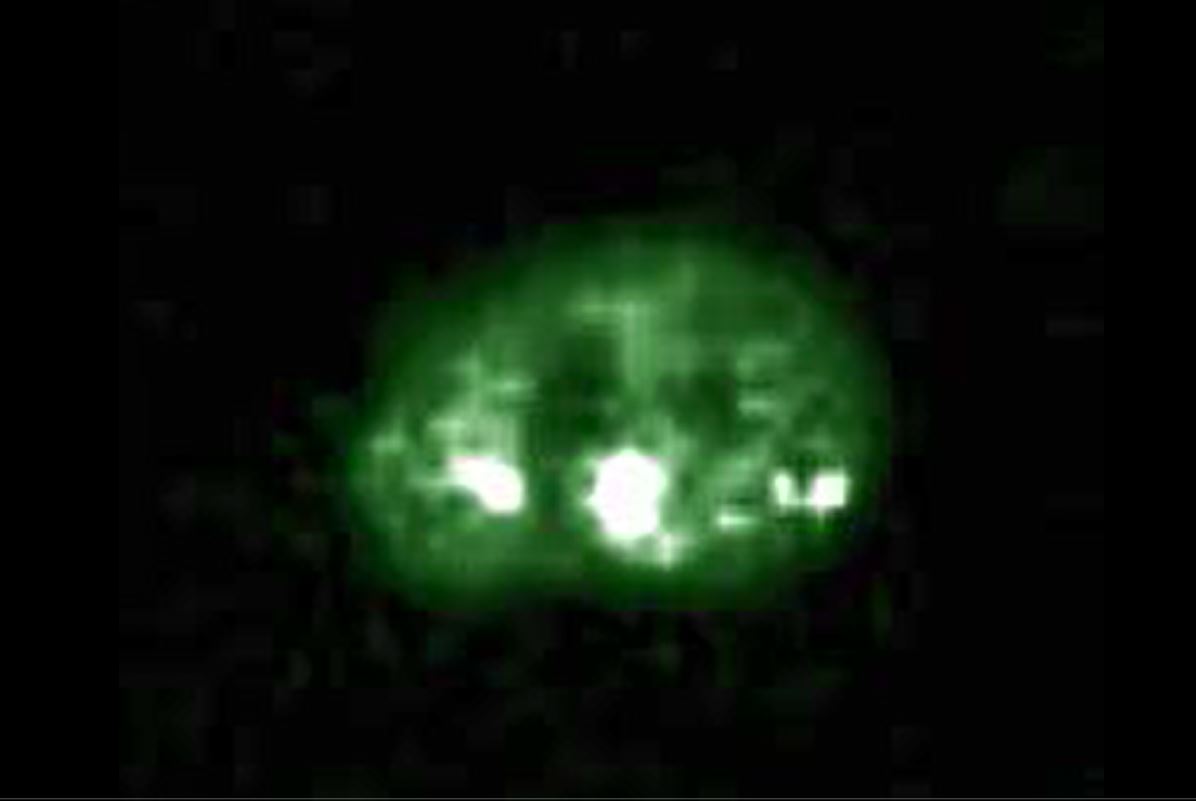
Scientists Track ‘Doubling’ in Origin of Cancer Cells
Working with human breast and lung cells, Johns Hopkins Medicine scientists say they have charted a molecular pathway that can lure cells down a hazardous path of duplicating their genome too many times, a hallmark of cancer cells.
Moffitt Study Suggests Cells Possess Hidden Communication System
Cells constantly navigate a dynamic environment, facing ever-changing conditions and challenges. But how do cells swiftly adapt to these environmental fluctuations? A new Moffitt Cancer Center study, published in iScience, is answering that question by challenging our understanding of how cells function. A team of researchers suggests that cells possess a previously unknown information processing system that allows them to make rapid decisions independent of their genes.
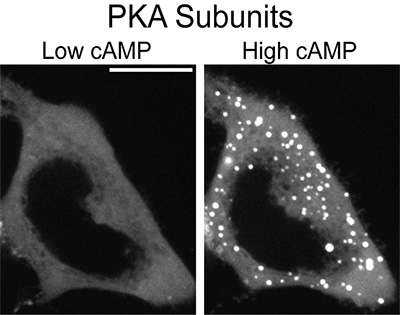
Liquid Droplets Shape How Cells Respond to Change
New research by scientists at University of California San Diego has shown that cells regulate cAMP/PKA signaling by forming liquid droplets that segregate excess PKA catalytic subunits where they can do no harm. Some cancers may block the formation of liquid droplets, leading to hyperactive signaling and tumor formation.
LJI home to new “Center of Excellence”
The Institute’s Flow Cytometry Core, which provides cutting-edge research services, has been named a BD Biosciences “Center of Excellence.” Along with this distinction, the LJI Flow Core has brought in a sophisticated instrument for immune cell research: the BD FACSDiscover™ S8 Cell Sorter.
Researchers observe at the atomic level the neuronal ‘gate’ for essential molecules in learning and memory
The protein Asc-1 serves as the gateway (either for entry or exit) for fundamental amino acids involved in cognitive processes. A new study now unveils its structure and mechanism of action.
Moffitt Treats First Clinical Trial Patient with Gamma Delta CAR T for Bone Metastatic Prostate Cancer
Moffitt Cancer Center has treated its first patient in an investigator-initiated, phase 1 clinical trial investigating the safety and efficacy of a chimeric antigen receptor T-cell (CAR T) therapy for prostate cancer that has metastasized to the bone.
UC Irvine-led study unlocks the secrets of birth defect origins
Irvine, Calif., March 21, 2024 – A new study led by the University of California, Irvine has revealed a potential shift in our basic knowledge of the origins of birth defects, which affect about 3 percent of babies born in the United States each year.
The immune system’s moonlighters
Our immune system is remarkably powerful. It quickly assembles teams of cells to eliminate threats inside our bodies.
New genetic therapy holds promise for ALS and frontotemporal dementia
Neuroscientists at Macquarie University in Australia have developed a single-dose genetic medicine that has been proven to halt the progression of both ALS and frontotemporal dementia (FTD) in mice – and may even offer the potential to reverse some of the effects of the fatal diseases.
Discovery of a subset of human short introns that are spliced out by a novel mechanism
Researchers confirm that the established pre-mRNA splicing mechanism that appears in textbooks cannot work in a subset of human short introns: A novel SAP30BP–RBM17 complex-dependent splicing has been uncovered.
Sister cells uncover pre-existing resistant states in cancer
Labeling cancer cells with genetic barcodes
“In ReSisTrace, we label cancer cells uniquely with genetic barcodes and allow them to divide once, so that we get two identical sister cells that share the same barcode.
Visualizing fungal infections deep in living host tissue reveals proline metabolism facilitates virulence
An international team of scientists led by researchers from the Department of Molecular Biosciences, The Wenner-Gren Institute, SciLifeLab, Stockholm University has published in PLoS Pathogens the first successful application of 2-photon intravital microscopy (IVM) to image the dynamics of fungal infections in the kidney of a living host.
The end of genes: routine test reveals unique divergence in genetic code
Scientists testing a new method of sequencing single cells have unexpectedly changed our understanding of the rules of genetics.
To Eat or Not to Eat: Targeting autophagy to enhance memory immune responses
Memory B cells depend on autophagy for their survival, but the protein Rubicon is thought to hinder this process. Researchers from Osaka University have discovered a shorter isoform of Rubicon called RUBCN100, which enhances autophagy in B cells.
Study details immune cells vital to success of vaccines against coronavirus
A study has revealed new details about a key population of immune system cells critical to successful vaccination against the pandemic virus, SARS-CoV-2.
Researchers develop first method to study microRNA activity in single cells
MicroRNAs are small molecules that regulate gene activity by binding to and destroying RNAs produced by the genes. More than 60% of all human genes are estimated to be regulated by microRNAs, therefore it is not surprising that these small molecules are involved in many biological processes including diseases such as cancer.
The missing link to make easy protein sequencing possible?
There has been a real race among scientists to create a technology that enables easy protein sequencing. Professor of Chemical Biology Giovanni Maglia of the University of Groningen has now found the missing piece in the puzzle: a way to transport a protein through a nanopore, which allows sequencing of proteins in a simple, handheld device.
“Mummified” bees from the time of the pharaohs discovered in southwest Portugal
Fernando Muñiz, a research academic from the University of Seville, participates in a discovery that represents a unique opportunity in the fight against climate change.
Immune cells move more independently than previously thought
Human immune cells are capable of coordinating their own movement more independently than previously thought.
UC Irvine-led researchers reveal new molecular mechanism for stimulating hair growth
Irvine, Calif., June 21, 2023 — The process by which aged, or senescent, pigment-making cells in the skin cause significant growth of hair inside skin moles, called nevi, has been identified by a research team led by the University of California, Irvine. The discovery may offer a road map for an entirely new generation of molecular therapies for androgenetic alopecia, a common form of hair loss in both women and men.
Method for improving seasonal flu vaccines also aids pandemic prediction
The seasonal flu vaccine is less effective in some years than others. New St. Jude research showed one reason behind this lack of efficacy is the inclusion of flu strains with an unstable viral protein.
UCI-led study discovers pre-treatment cognitive impairment in younger cancer patients
Irvine, Calif., Nov. 16, 2022 — A team of researchers led by the University of California, Irvine has discovered that adolescent and young adult cancer patients can experience cancer-related cognitive impairment before chemotherapy or radiation treatment, highlighting the importance of evaluating and managing toxicity at the time of diagnosis to help prevent further deterioration.
UCI’s Oswald Steward to serve as president of Society for Neuroscience
Irvine, Calif., Nov. 15, 2022 — The University of California, Irvine today announced that Oswald Steward, director of the campus’s Reeve-Irvine Research Center, will assume the role of president of the Society for Neuroscience, the world’s largest organization for the study of the brain and nervous system, with more than 36,000 members in 95 countries.
Patient-specific cancer tumours replicated in 3D bioprinting advance
Bowel cancer patients could in future benefit from a new 3D bioprinting technology which would use their own cells to replicate the complex cellular environment of solid tumours in 3D models. The University of Bristol-led advance, published in Biofabrication, would allow clinicians to treat the models, known as spheroids, with chemotherapy drugs and radiation to help them understand an individual patient’s resistance to therapies.
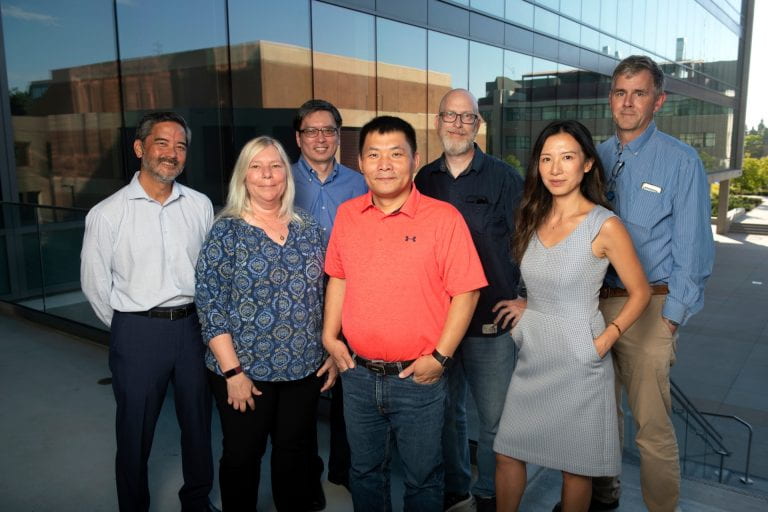
UCI is key member of multi-institutional, $126 million NIH brain mapping project
Irvine, Calif., Sept. 22, 2022 – The University of California, Irvine will participate in a five-year, multi-institutional, $126 million grant from the National Institutes of Health supporting the BRAIN Initiative Cell Atlas Network. The project aims to describe the cells that make up the human brain in unprecedented molecular detail, classifying them into more precise subtypes and pinpointing their location.
What the mechanical forces behind protein folding can tell us about metastatic cancer
Cells communicate with themselves and their cellular environment through mechanical bonds. This work advances understanding of the role of these forces on proteins as they interact to accomplish their biological functions, including the control of cancer.
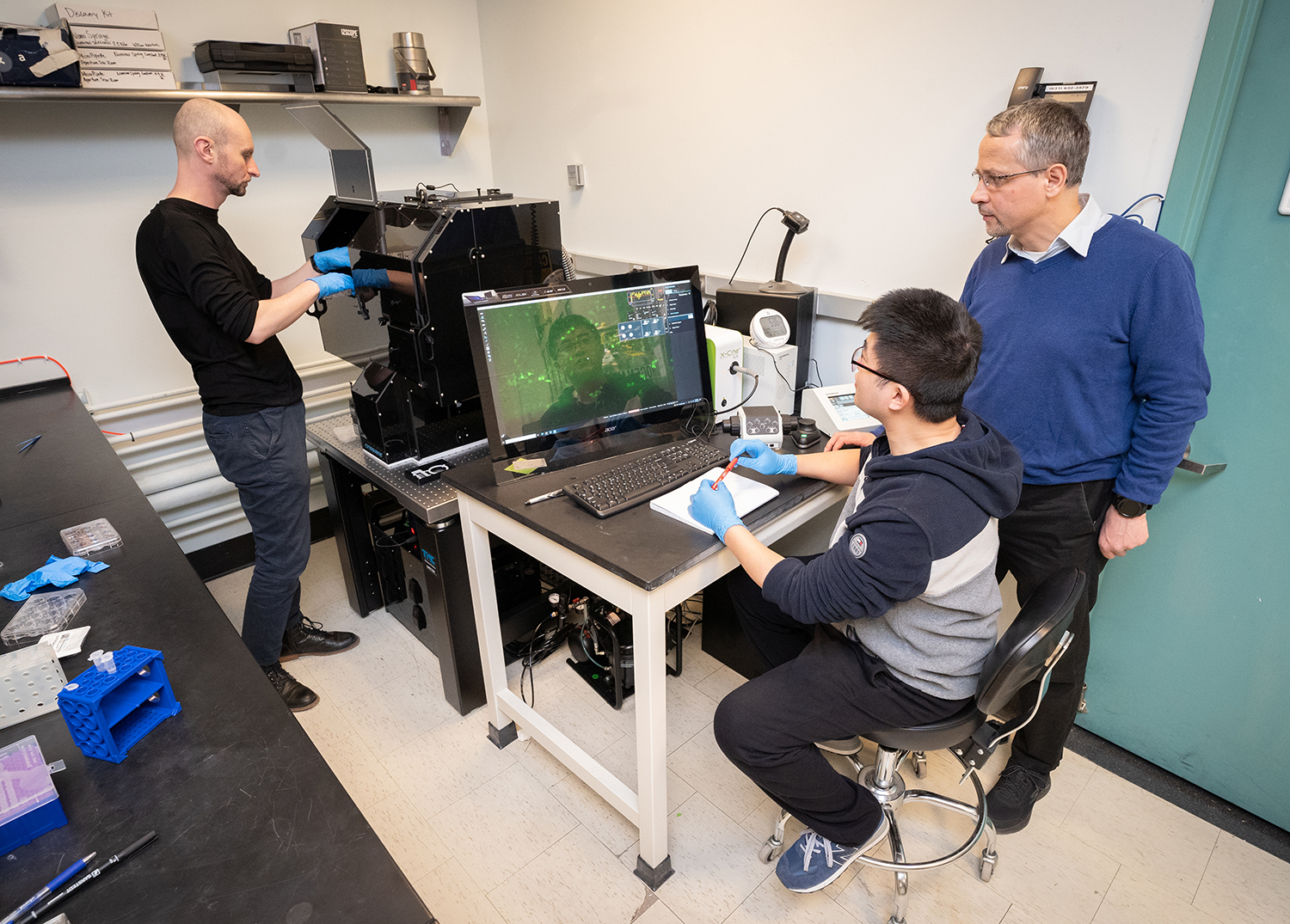
Research Centered on Single Cells May Open Doors to New Discoveries on Disease Processes
Gábor Balázsi, PhD, and his research team in the Laufer Center and the Department of Biomedical Engineering at Stony Brook University are embarking upon a new way to research cells, the building blocks of life and often triggers to disease when their behavior changes.
Cell-analysis technique could combat tuberculosis
Researchers at Cornell have developed a way to analyze how individual immune cells react to the bacteria that cause tuberculosis. It could pave the way for new vaccine strategies and provide insights into fighting other infectious diseases.
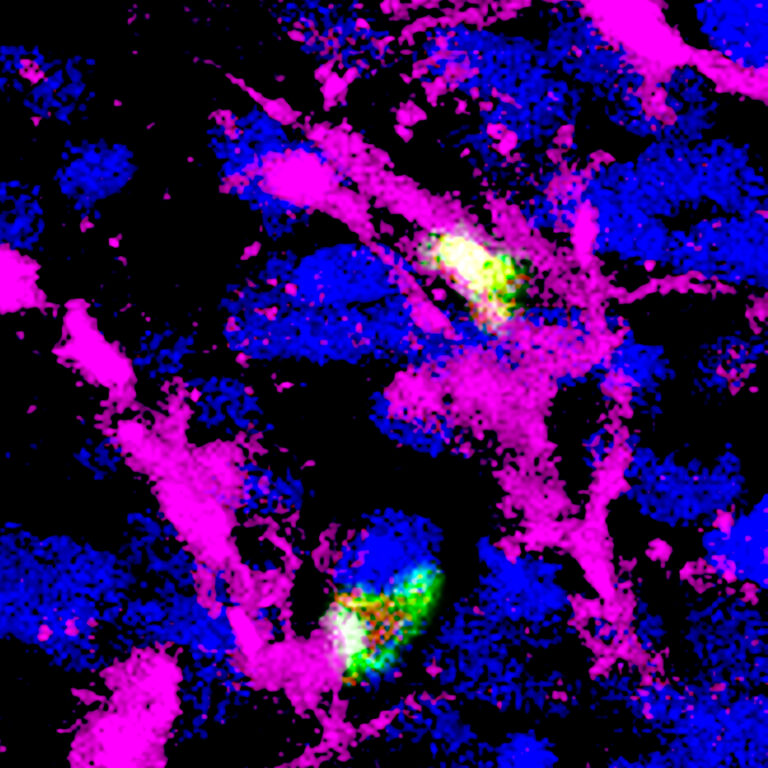
UCI-led study finds that cancer immunotherapy may self-limit its efficacy
Irvine, Calif., June 21, 2021 — Cancer immunotherapy involving drugs that inhibit CTLA-4 also activates an unwanted response that may self-limit its efficacy in fighting tumors, according to a new study led by Francesco Marangoni, Ph.D., assistant professor of physiology & biophysics and member of the Institute for Immunology at the University of California, Irvine.
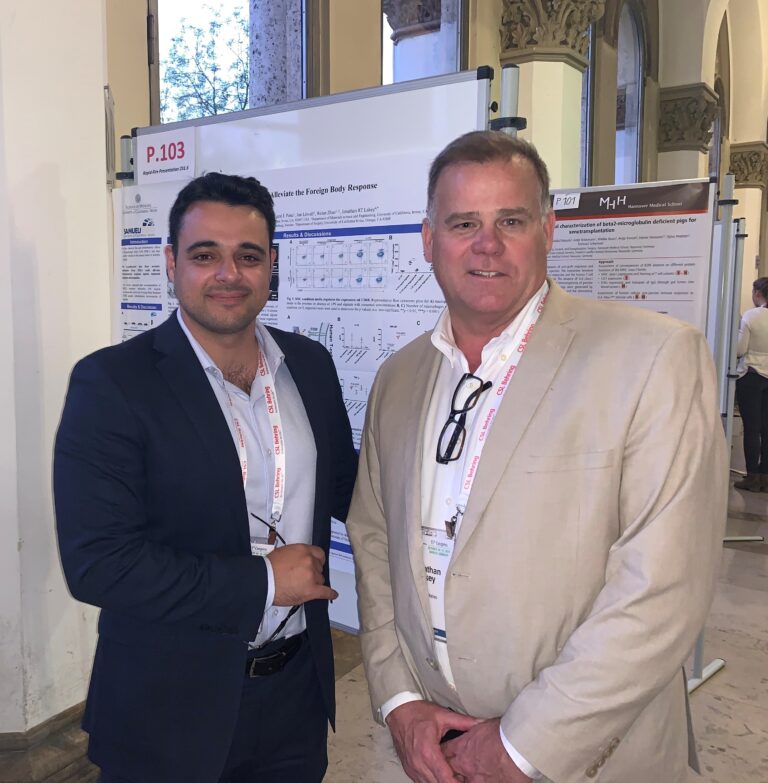
UCI-led team develops transplant biomaterial that doesn’t trigger immune response
Irvine, Calif., June 3, 2021 — A multidisciplinary research team led by Jonathan Lakey, Ph.D., professor of surgery and biomedical engineering at the University of California, Irvine, has developed a biomaterial for pancreatic islet transplants that doesn’t trigger the body’s immune response. Based on stem cell technology, hybrid alginate offers a possible long-term treatment for Type 1 diabetes, an autoimmune reaction that destroys pancreatic islets’ beta cells, which regulate blood glucose levels.

Helping humans heal
In a lab on the upper floors of Engineering Hall, something is growing. It’s not a plant. And it’s not an animal. What Ronke Olabisi is growing in her lab is us. From new skin and retinal tissue to hearts and livers, she’s developing the tools to rebuild and repair the human body. A UCI assistant professor of biomedical engineering, Olabisi has been working with regenerative tissue for the better part of seven years, using a hydrogel based on polyethylene glycol diacrylate.
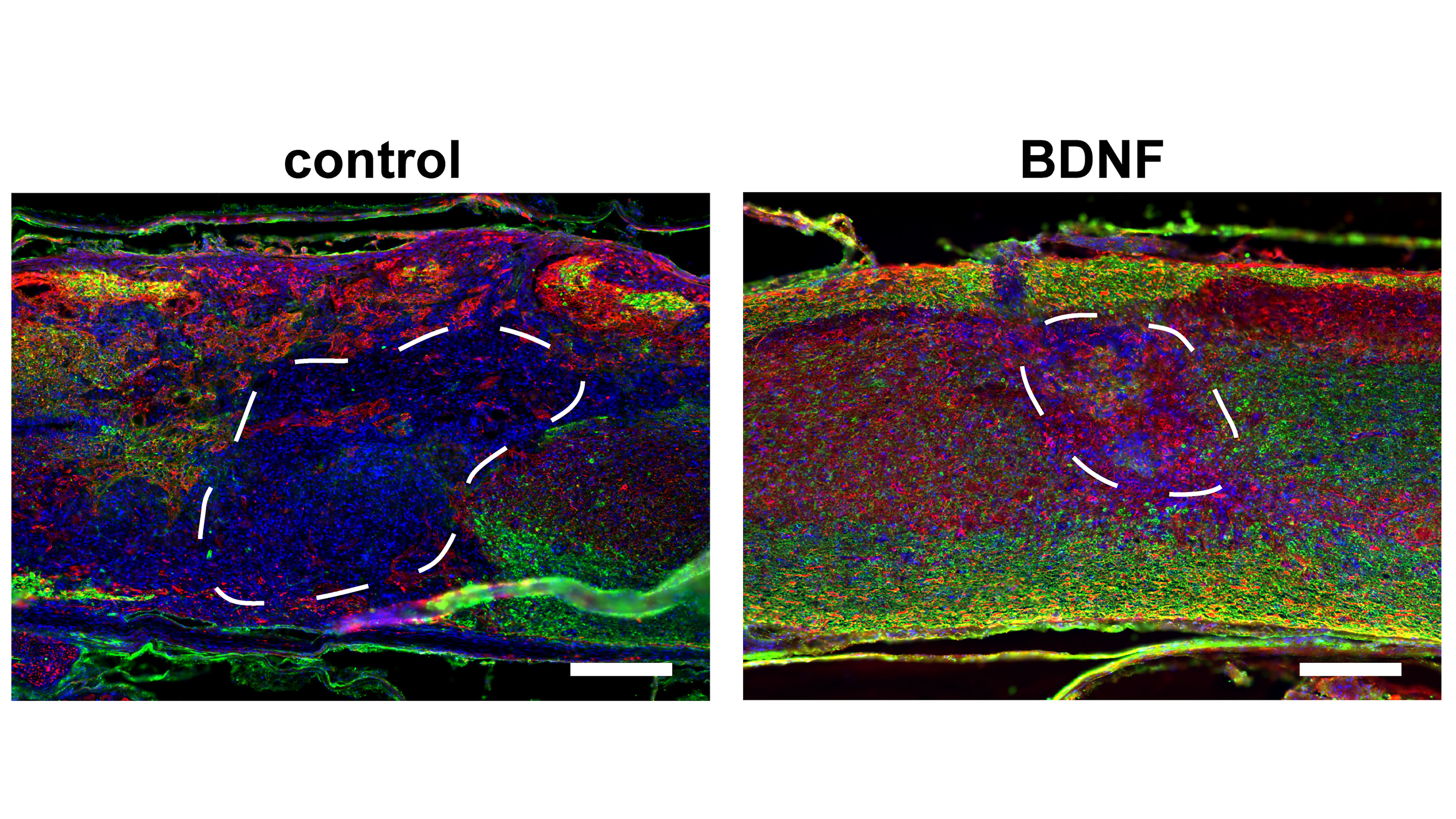
Injectable Porous Scaffolds Promote Better, Quicker Healing After Spinal Cord Injuries
In APL Bioengineering, researchers have developed materials that can interface with an injured spinal cord and provide a scaffolding to facilitate healing. To do this, scaffolding materials need to mimic the natural spinal cord tissue, so they can be readily populated by native cells in the spinal cord, essentially filling in gaps left by injury. The researchers show how the pores improve efficiency of gene therapies administered locally to the injured tissues, which can further promote tissue regeneration.
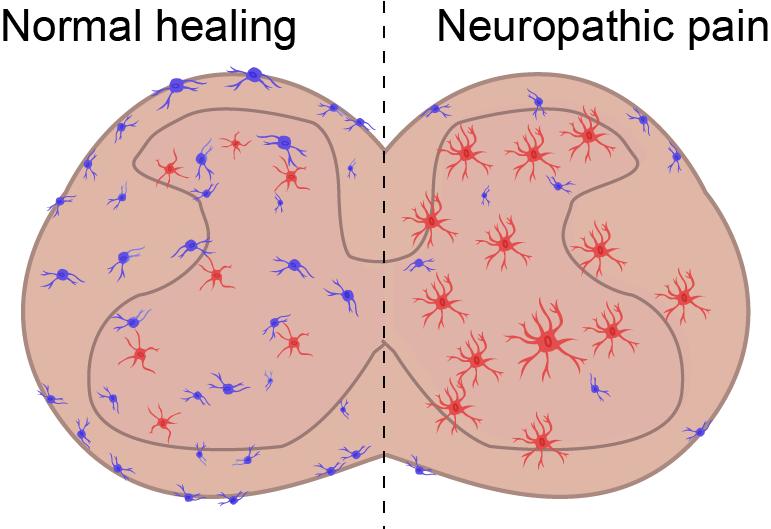
Could a New Cell Type Discovery Lead to Better Chronic Pain Treatments?
Inflammation is a hallmark of chronic pain, and scientists at the UNC School of Medicine have discovered that anti-inflammatory cells called MRC1+ macrophages are dysfunctional in an animal model of neuropathic pain.
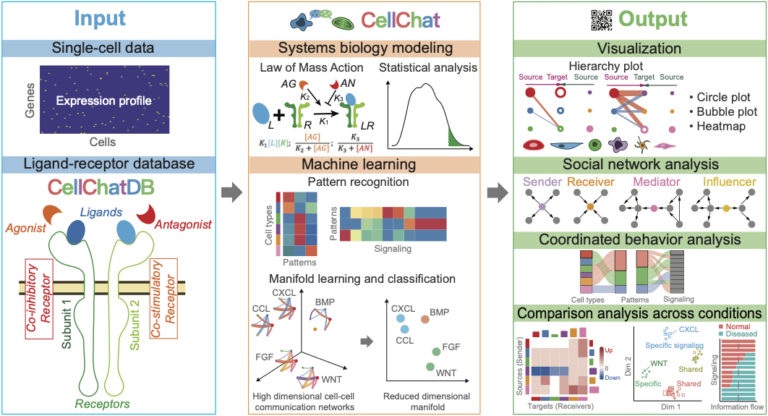
UCI researchers eavesdrop on cellular conversations
Irvine, Calif., Feb. 17, 2020 — An interdisciplinary team of biologists and mathematicians at the University of California, Irvine has developed a new tool to help decipher the language cells use to communicate with one another. In a paper published today in Nature Communications, the researchers introduce CellChat, a computational platform that enables the decoding of signaling molecules that transmit information and commands between the cells that come together to form biological tissues and even entire organs.
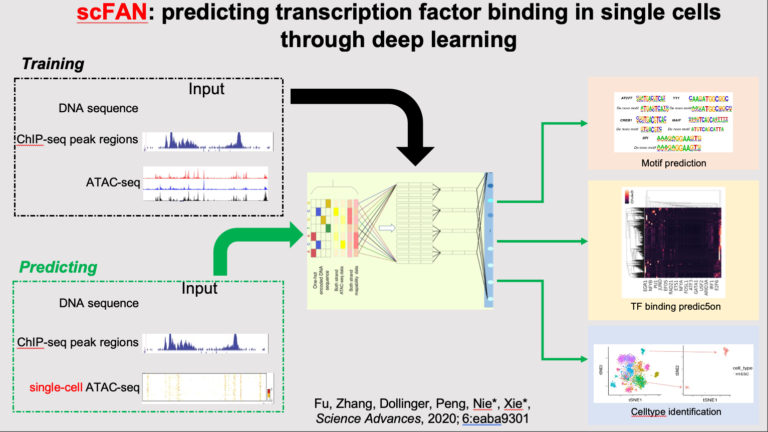
UCI researchers use deep learning to identify gene regulation at single-cell level
Irvine, Calif., Jan. 5, 2021 — Scientists at the University of California, Irvine have developed a new deep-learning framework that predicts gene regulation at the single-cell level. Deep learning, a family of machine-learning methods based on artificial neural networks, has revolutionized applications such as image interpretation, natural language processing and autonomous driving.
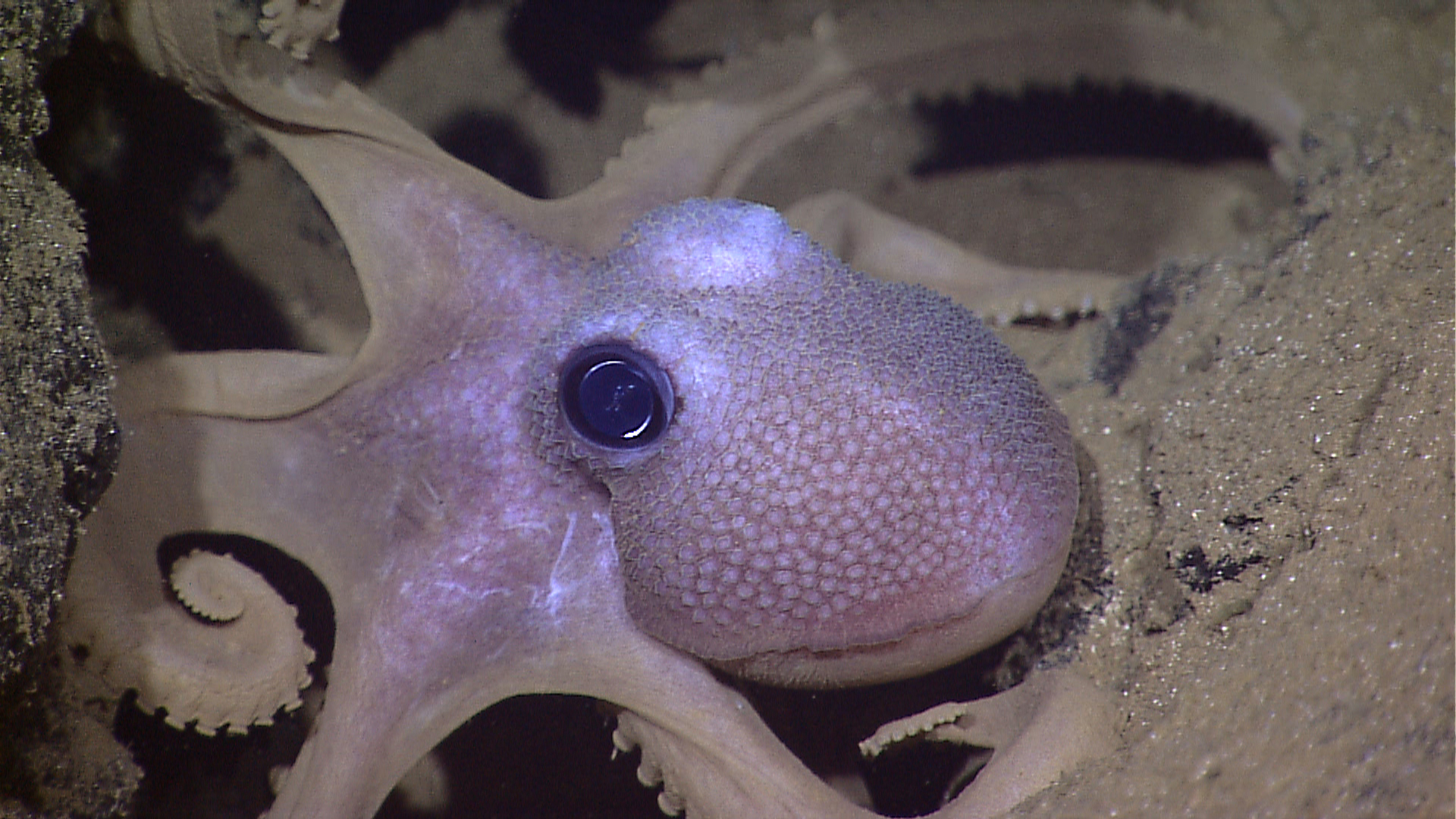
3D-Printed Smart Gel Changes Shape When Exposed to Light
Inspired by the color-changing skin of cuttlefish, octopuses and squids, Rutgers engineers have created a 3D-printed smart gel that changes shape when exposed to light, becomes “artificial muscle” and may lead to new military camouflage, soft robotics and flexible displays. The engineers also developed a 3D-printed stretchy material that can reveal colors when light changes, according to their study in the journal ACS Applied Materials & Interfaces.
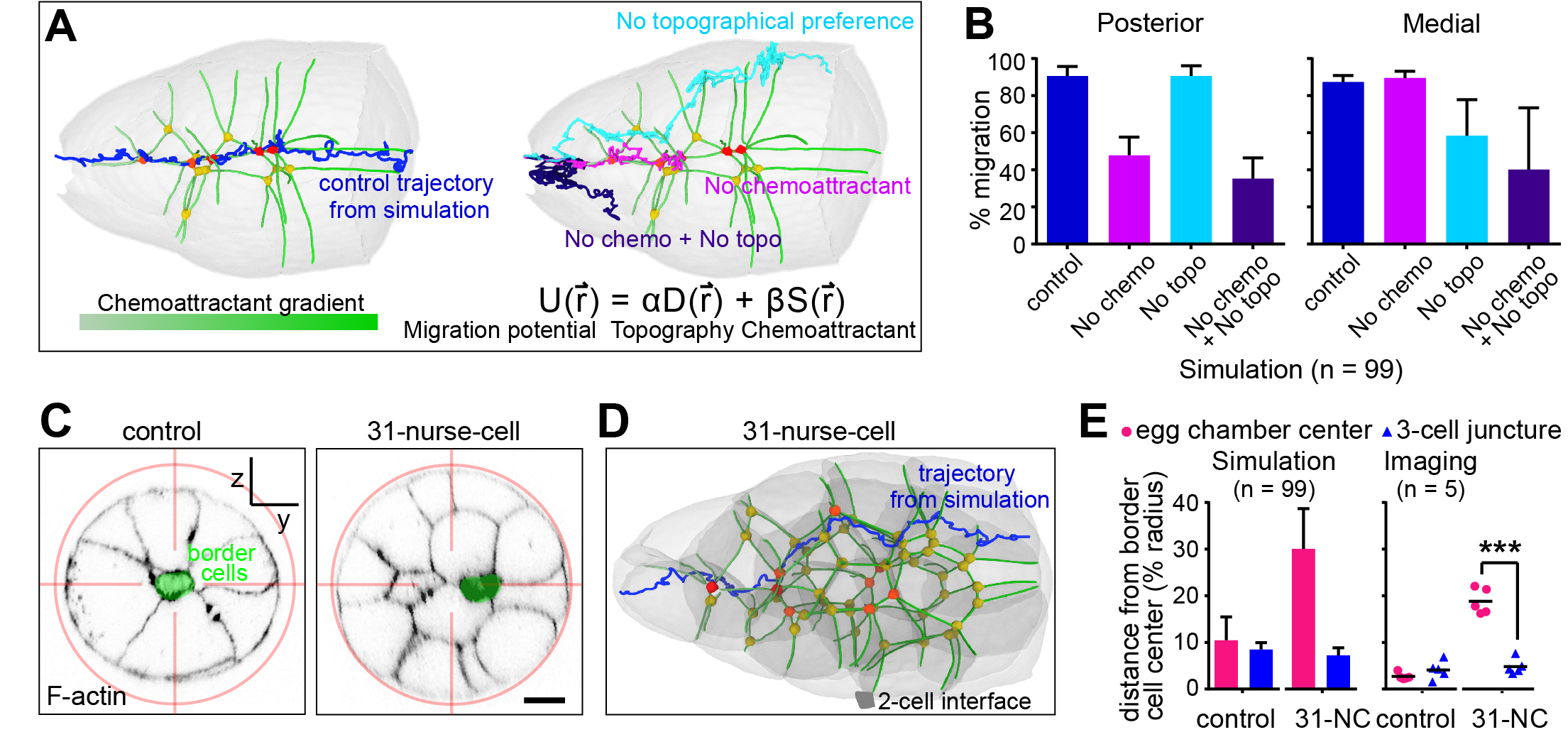
Scientists Use Geometry to Track Cell Migrations
A team of physicists and biologists investigate the effect that the geometry of the biological environment has on cellular movement. Their findings are published in the journal Science.
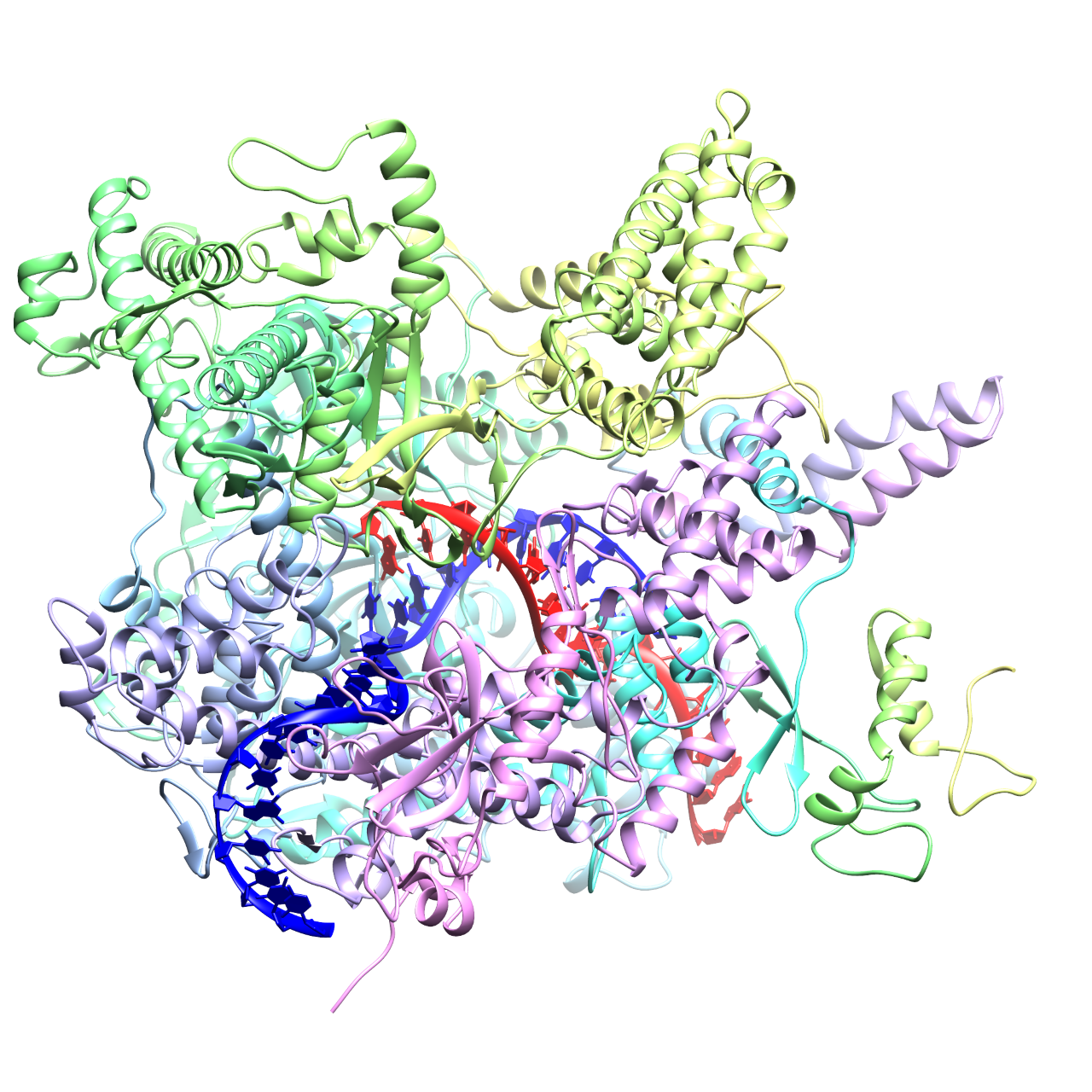
Gut Microbiome Manipulation Could Result from Virus Discovery
Scientists have discovered how a common virus in the human gut infects and takes over bacterial cells – a finding that could be used to control the composition of the gut microbiome, which is important for human health. The Rutgers co-authored research, which could aid efforts to engineer beneficial bacteria that produce medicines and fuels and clean up pollutants, is published in the journal Nature.
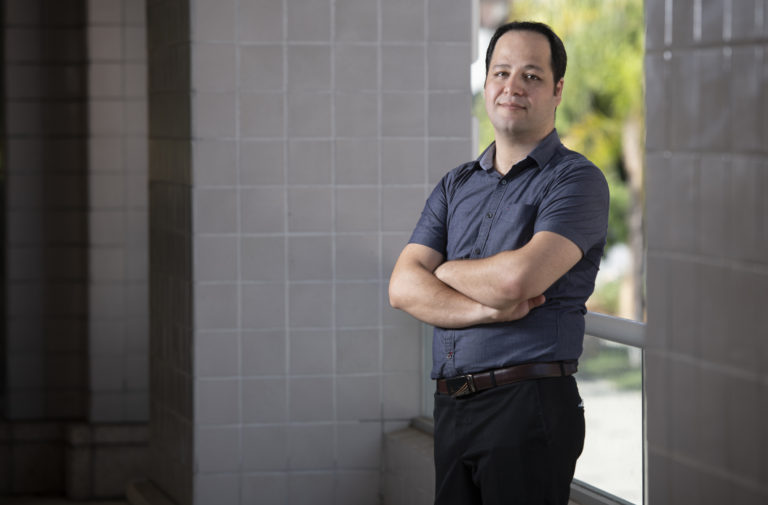
UCI biochip innovation combines AI and nanoparticle printing for cancer cell analysis
Irvine, Calif., Oct. 7, 2020 – Electrical engineers, computer scientists and biomedical engineers at the University of California, Irvine have created a new lab-on-a-chip that can help study tumor heterogeneity to reduce resistance to cancer therapies. In a paper published today in Advanced Biosystems, the researchers describe how they combined artificial intelligence, microfluidics and nanoparticle inkjet printing in a device that enables the examination and differentiation of cancers and healthy tissues at the single-cell level.
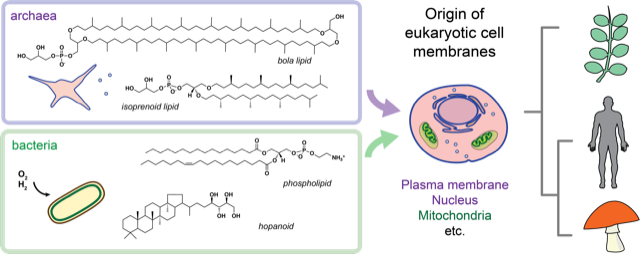
Ambitious Project to Understand Cellular Evolution Underway
Project focuses on lipids (fat molecules) as the starting point to understand the evolution of eukaryotic cells, carrying implications for human health and disease.
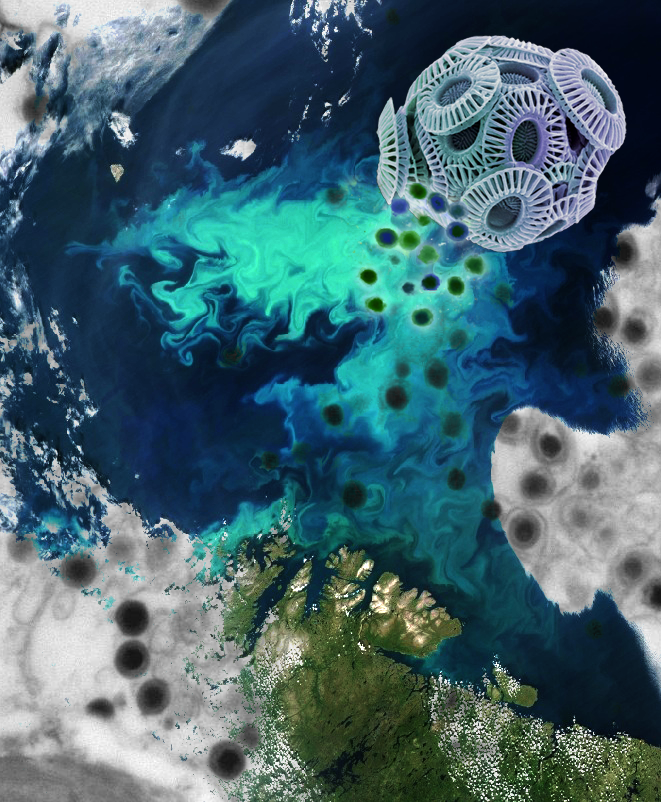
Ocean Algae Get “Coup de Grace” from Viruses
Scientists have long believed that ocean viruses always quickly kill algae, but Rutgers-led research shows they live in harmony with algae and viruses provide a “coup de grace” only when blooms of algae are already stressed and dying. The study, published in the journal Nature Communications, will likely change how scientists view viral infections of algae, also known as phytoplankton – especially the impact of viruses on ecosystem processes like algal bloom formation (and decline) and the cycling of carbon and other chemicals on Earth.
Mount Sinai Researchers Discover Treatment Option for Rare Genetic Disorder
Researchers from the Icahn School of Medicine used a novel genetic sequencing technology to identify the genetic cause of—and a treatment for—a previously unknown severe auto inflammatory syndrome affecting an 18-year-old girl since infancy.
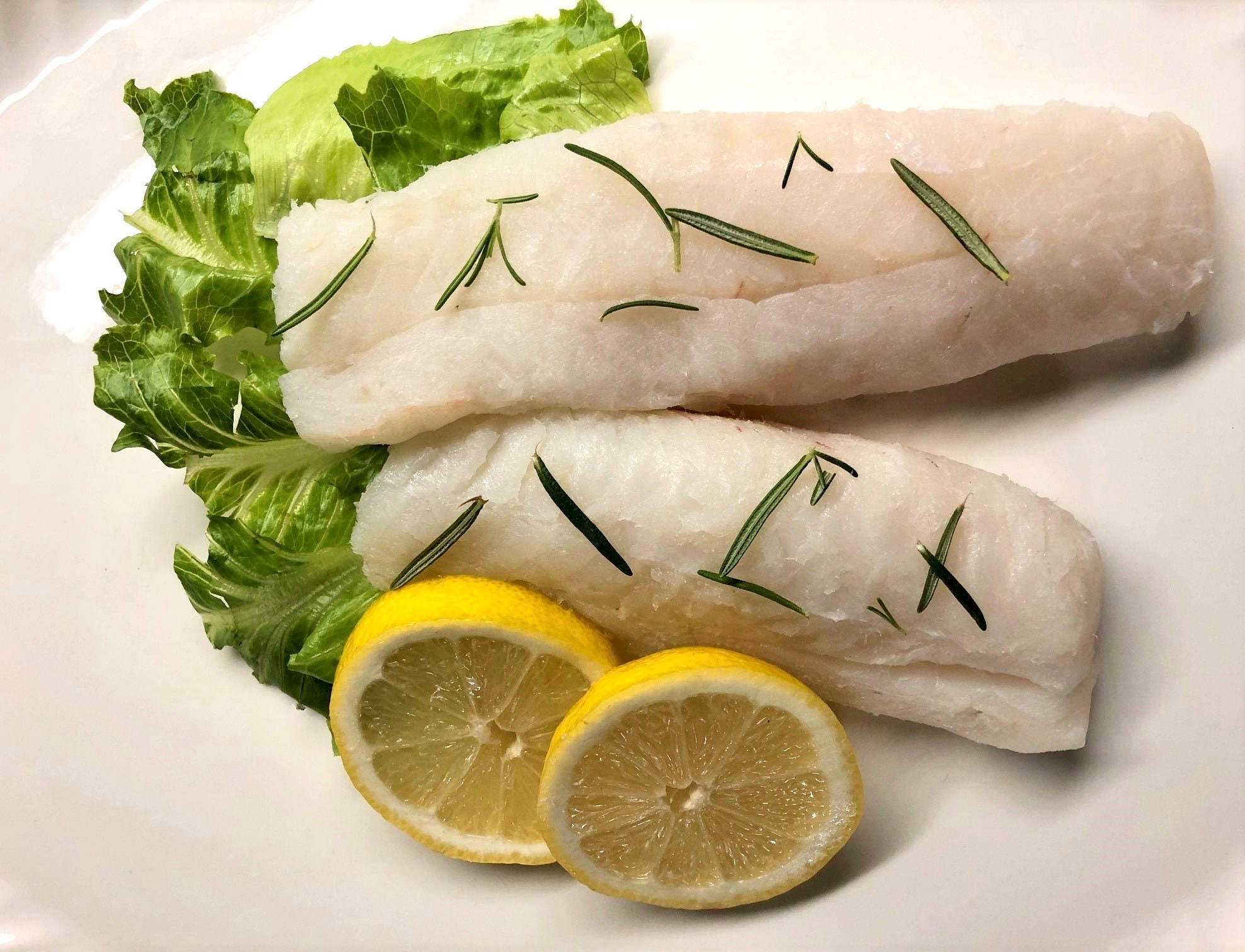
Seafood Products Made From Cells Should be Labeled Cell-Based
Companies seeking to commercialize seafood products made from the cells of fish or shellfish should use the term “cell-based” on product labels, according to a Rutgers study – the first of its kind – in the Journal of Food Science. Both the U.S. Food and Drug Administration and U.S. Department of Agriculture require food products to have a “common or usual name” on their labels so consumers can make informed choices about what they’re purchasing.
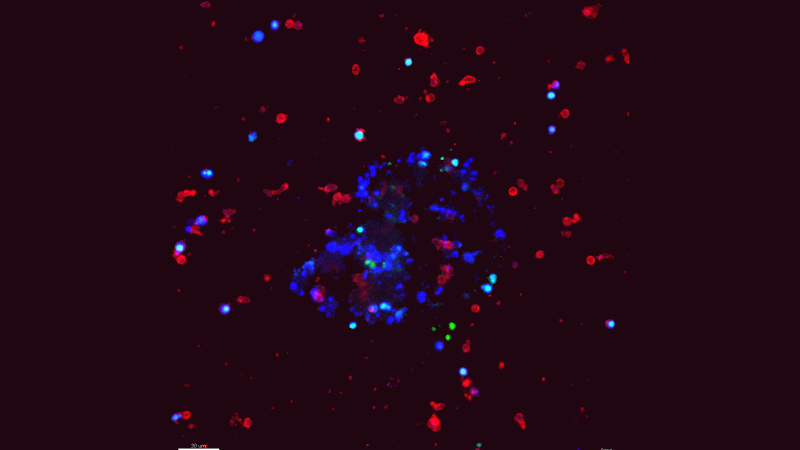
Breast Cancer Cells Can Reprogram Immune Cells to Assist in Metastasis
Johns Hopkins Kimmel Cancer Center investigators report they have uncovered a new mechanism by which invasive breast cancer cells evade the immune system to metastasize, or spread, to other areas of the body. They propose that therapies targeting this process could be developed to halt or prevent metastasis and reduce breast cancer deaths.
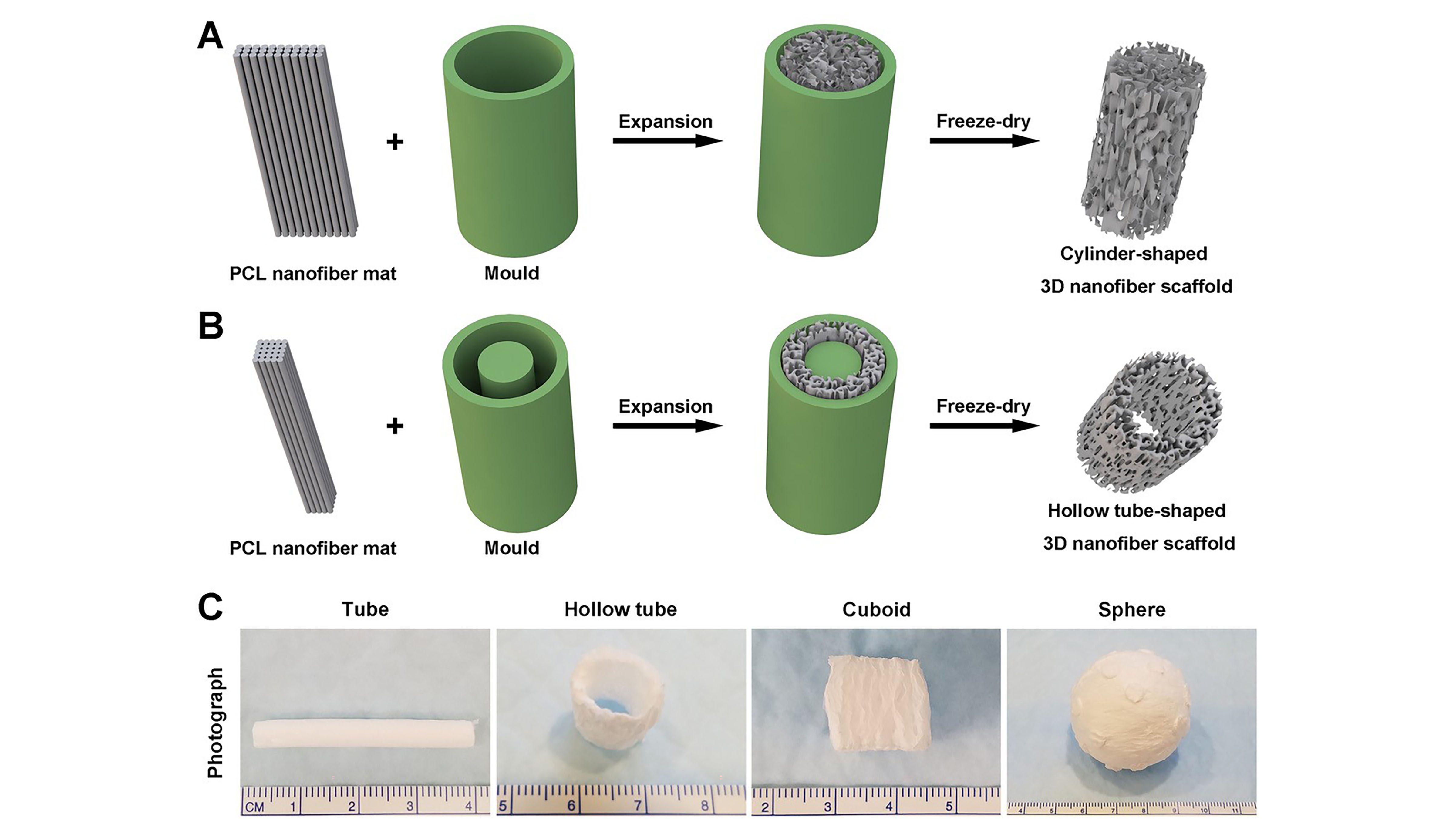
Nanofiber Membranes Transformed Into 3D Scaffolds
Researchers combined gas foaming and 3D molding technologies to quickly transform electrospun membranes into complex 3D shapes for biomedical applications. The new approach demonstrates significant improvements in speed and quality compared with other methods, and is the first successful demonstration of formation of 3D neural tissue constructs with an ordered structure through differentiation of human neural progenitor/stem cells on these transformed 3D nanofiber scaffolds. They discuss their work in this week’s Applied Physics Reviews.
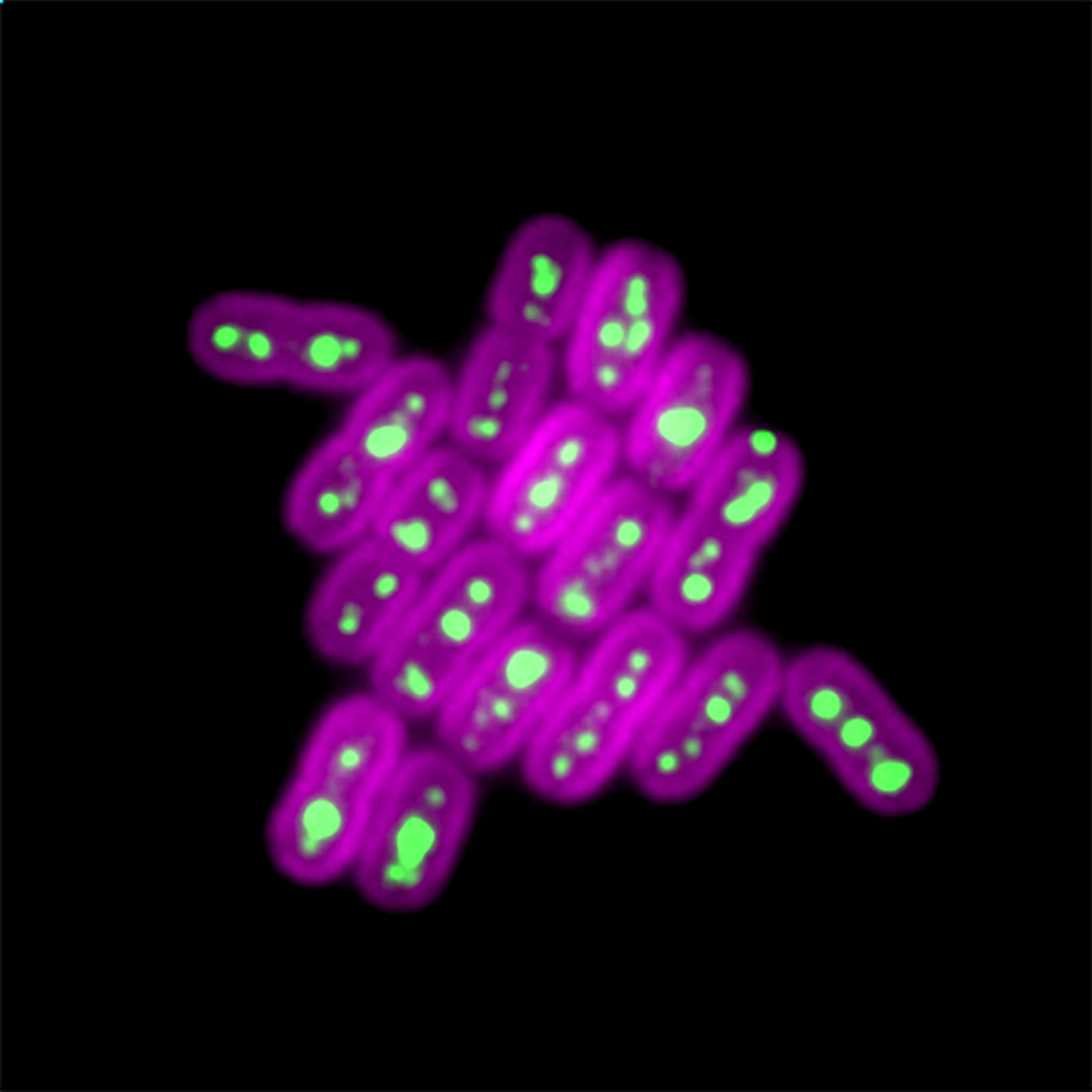
Scientists shed light on essential carbon-fixing machinery in bacteria
Scientists have been studying cyanobacteria and its many potential applications for decades, from cutting CO2 emissions to creating a substitute for oil-based plastics, but there wasn’t a deep understanding of the full life cycle and metabolism of specialized compartments within these common bacteria – until now.

They Remember: Communities of Microbes Found to Have Working Memory
Biologists studying bacterial communities have discovered that these simple organisms feature a robust memory capacity. Using light, they were able to encode memory patterns and visualize cells with memory. The discovery reveals parallels between low-level organisms and sophisticated neurons.
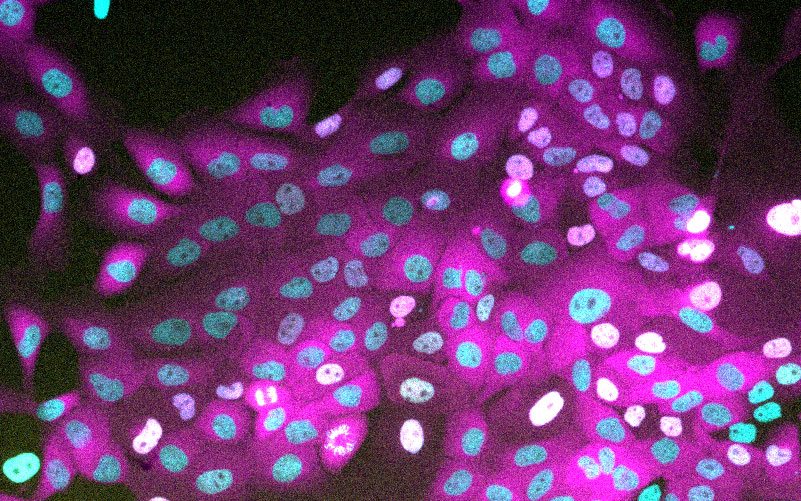
To divide or not to divide? The mother cell may decide
Researchers at CU Boulder have found that it’s the mother cell that determines if its daughter cells will divide. The finding, explained in a new study out today in Science, sheds new light on the cell cycle using modern imaging technologies, and could have implications for cancer drug therapy treatments.